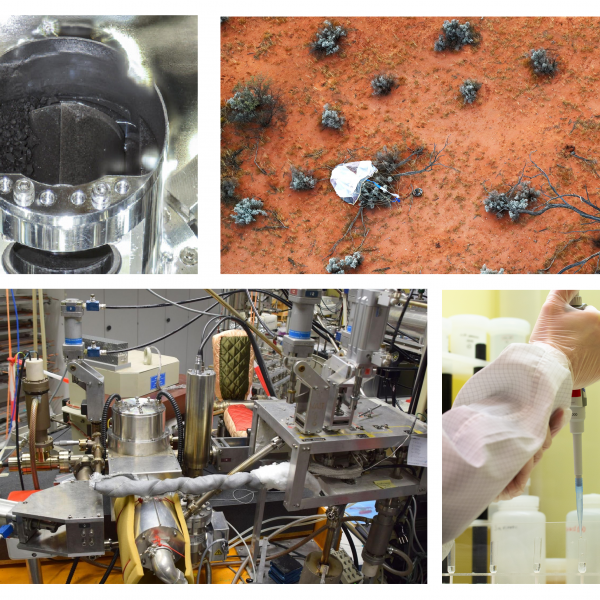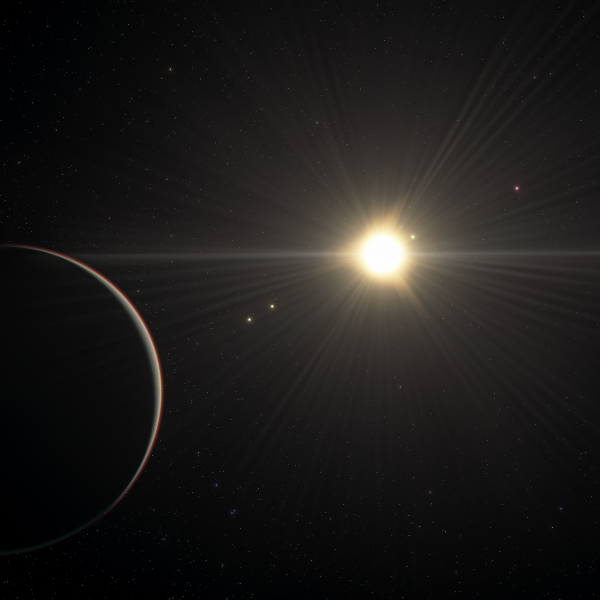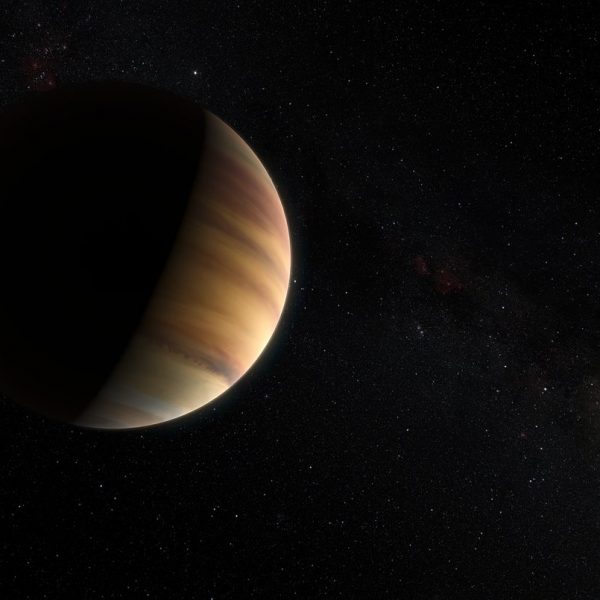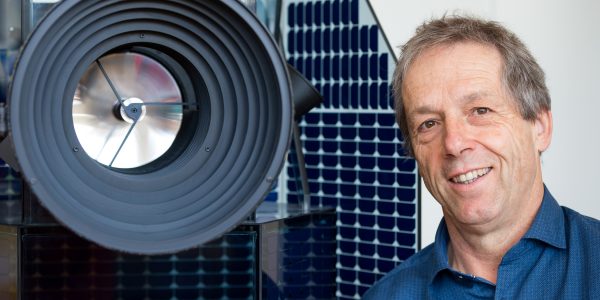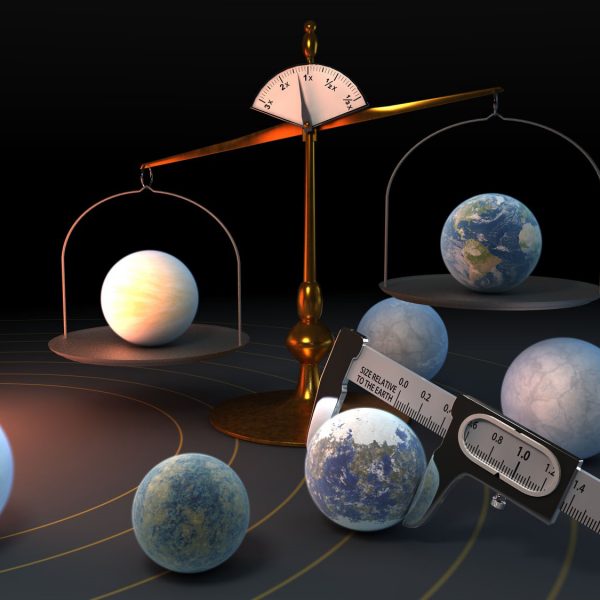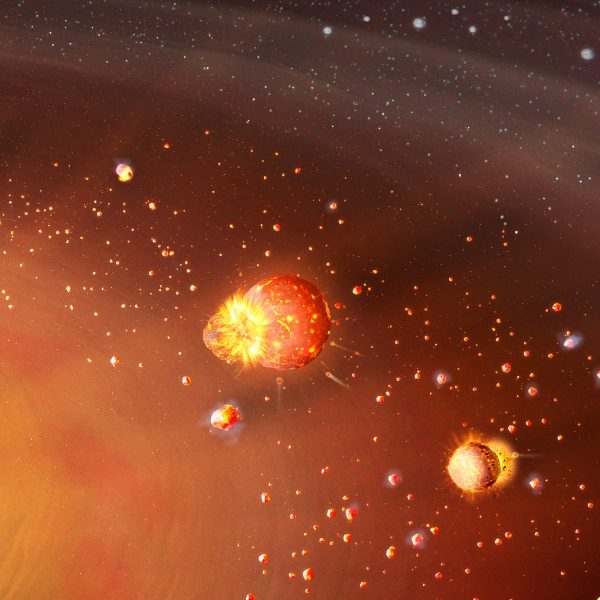News
Postdoc position in planetary science – cosmic dust / heliosphere
The Astrophysical dust group at the ETH Zürich focuses on the science of cosmic dust nearby and inside the solar system. The main methods used are computer simulations for studying the dust dynamics, and in situ measurements by spacecraft that carry a dust detector on board. We collaborate with researchers in Switzerland and abroad, in […]
Continue ReadingReturned asteroid samples may reveal secrets of the cosmos
Samples taken from the asteroid Ryugu by the Japan Aerospace Exploration Agency (JAXA) Hayabusa2 mission have returned to Earth. Scientists of the Swiss National Centre of Competence in Research’s PlanetS programme hope to learn more about our own and other star systems from studying them and may find clues on the origin of life on […]
Continue ReadingCHEOPS finds unique planetary system
The CHEOPS space telescope detects six planets orbiting the star TOI-178. Five of the planets are in a harmonic rhythm despite very different compositions – a novelty. CHEOPS is a joint mission by the European Space Agency (ESA) and Switzerland, under the aegis of the University of Bern in collaboration with the University of Geneva. […]
Continue ReadingThe importance of theory in exoplanetary science
Scientists at the University of Zurich associated with the National Center of Competence in Research PlanetS reveal considerable uncertainties in the theoretical understanding of giant gas planets. This emphasizes the importance of further developing theoretical aspects of exoplanetary characterization. Planets that orbit other stars are very far away. Even the ones close enough for instruments […]
Continue ReadingEditorial
Dear Reader, One year in space, more than 5300 Earth orbits completed corresponding to more than 236 million kilometers travelled, and over 439’000 superb images downlinked. All things considered, CHEOPS had a very good year in space compared to what happened to us on the ground. Of course, we had our moments of stress before […]
Continue ReadingTRAPPIST-1’s 7 Rocky Planets May Be Made of Similar Stuff
The TRAPPIST-1 star is home to the largest batch of roughly Earth-size planets ever found outside our solar system. An international study involving researchers from the Universities of Bern, Geneva and Zurich now shows that the exoplanets have remarkably similar densities, which provides clues about their composition.
Continue Reading2 Postdoctoral Associate positions on exoplanet atmosphere modelling
Applications are invited for two Postdoctoral Associate positions at the Department of Astronomy of the University of Geneva, working on exoplanet atmospheres in the research group led by Dr. Vincent Bourrier. The two positions are fully funded on the ERC project SPICE DUNE (SpectroPhotometric Inquiry of Close-in Exoplanets around the Desert to Understand their Nature […]
Continue ReadingHow our planets were formed
Terrestrial planets versus gas and ice giants: A new theory explaining why the inner solar system is so different to the outer regions runs counter to the prevailing wisdom. The theory was proposed by an international research group with ETH Zurich participation. Mercury, Venus, Earth and Mars in the inner solar system are relatively small, […]
Continue Reading2 Postdoctoral Associate positions on exoplanet atmospheres
Applications are invited for 2 Postdoctocal Assosiate positions at the University of Geneva (Department of Astronomy) working with Dr. Monika Lendl on exoplanet atmospheres as part of her SNF Eccellenza research group. Position 1 is focused on studying exoplanet atmospheres using space-based photometric data, obtained primarily by the CHEOPS (Characterizing Exoplanets Satellite) mission. The University […]
Continue ReadingPhD position: Impact of stellar activity on exoplanet atmospheres
Applications are invited for a research assistant (PhD student) position at the University of Geneva (Department of Astronomy) working with Dr. Monika Lendl on exoplanet atmospheres as part of her SNF Eccellenza research group. The PhD project will focus on investigating the impact of stellar phenomena on exoplanet atmospheres and on distinguishing stellar and planetary […]
Continue Reading
